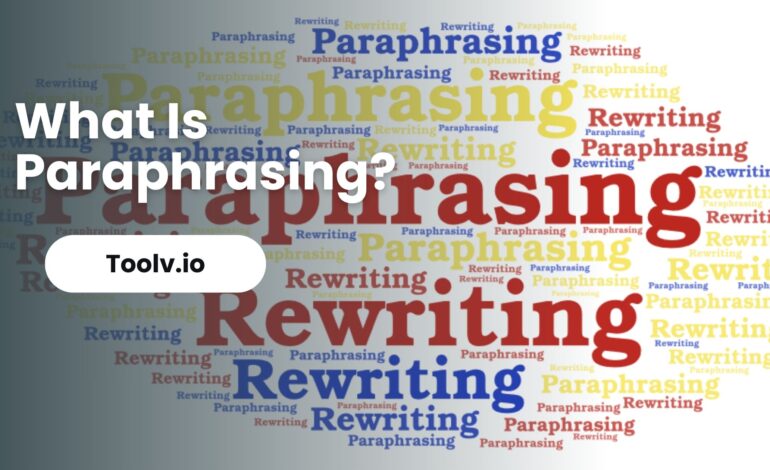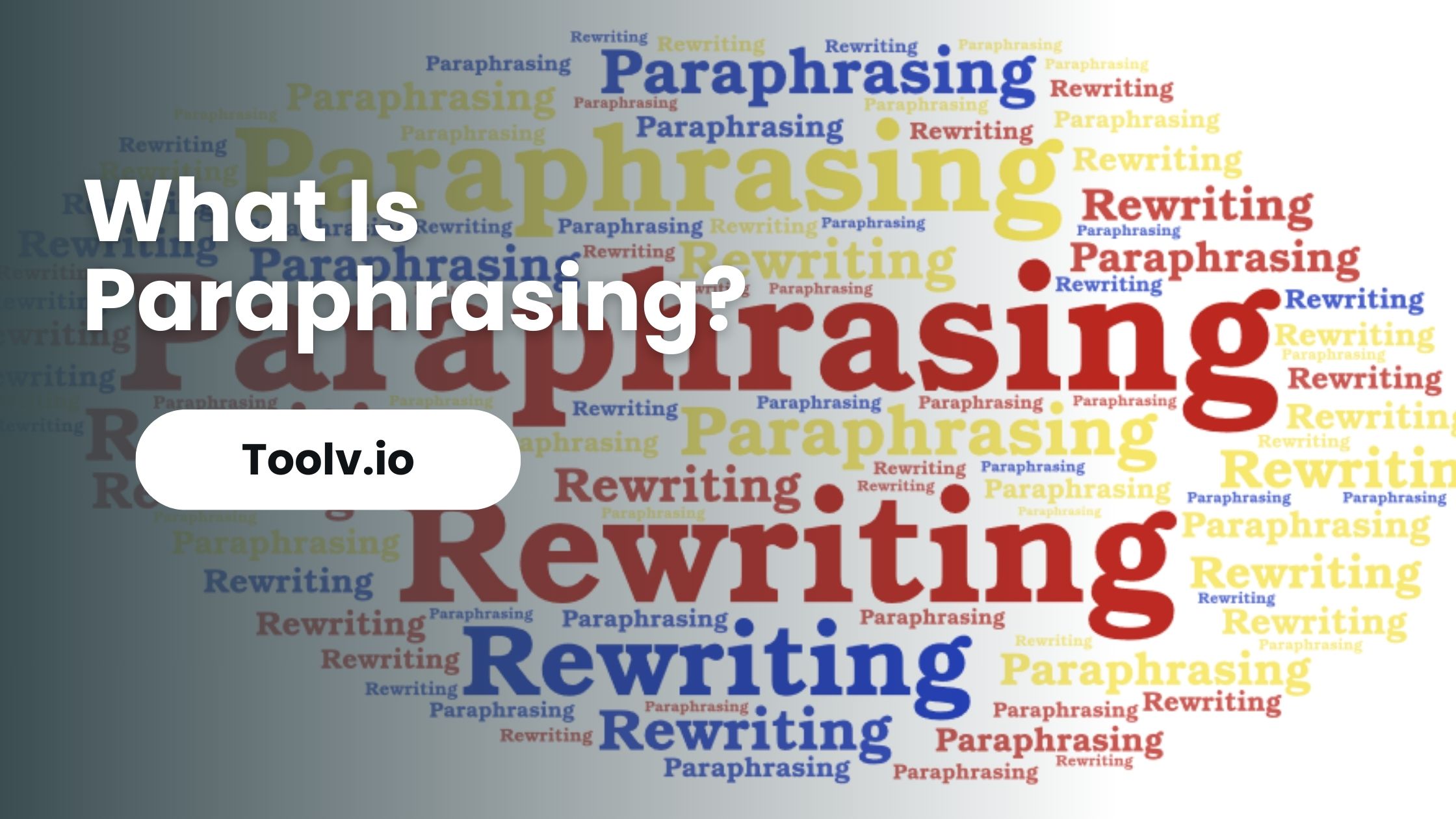Paraphrasing Definition Explained

Paraphrasing is a technique where you rewrite a piece of text in your own words, keeping the original meaning intact. It’s like explaining someone else’s ideas in your own style without changing the core message.
In this article, we will discuss how to effectively paraphrase, explore tools and software that can assist in the process, and understand its importance in both creative and professional settings.
The Importance of Paraphrasing
Effective communication requires paraphrasing. It enables us to translate complex or technical information into simpler terms. We can explain things more clearly by rephrasing, especially for those who are unfamiliar with the original content.
It also improves our writing and speaking abilities. Paraphrasing forces us to comprehend the material thoroughly. Before we can restate the core message in our own words, we must first understand it.
Furthermore, paraphrasing is essential in academic and professional settings. It helps to avoid plagiarism by demonstrating respect for original ideas. By rephrasing, we add our own perspective to the content, making it unique.
Key Principles of Effective Paraphrasing
- Understanding Original Text: Read and grasp the main points and overall message of the original text. This aids in rephrasing ideas accurately.
- Use Your Own Words: Avoid copying phrases. Think of how you would explain the content to a friend, using your vocabulary and sentence style.
- Rewrite Creatively: Change the structure and wording to reflect the essence of the text in a new, clear way. It’s more than just substituting words; it’s about conveying the same meaning differently.
- Credit the Source: Always acknowledge the original source of the ideas. This shows respect for the original work and prevents plagiarism, a key ethical practice in writing and research.
Definition of Paraphrasing
Paraphrasing is the process of rewording and rephrasing a piece of text or a passage from a source in your own words.
It involves taking the original message or idea and expressing it differently, often with a focus on simplifying or clarifying the original text. The key elements of effective paraphrasing include:
- Maintaining the Original Meaning: The paraphrased version should accurately convey the same message or idea as the original text.
- Using Your Own Words and Style: Instead of copying the exact wording, paraphrasing requires using your unique way of writing and speaking.
- Different Sentence Structure: It often involves changing the sentence structure and flow from the original text while keeping the original context and meaning.
- Avoiding Plagiarism: Proper paraphrasing is crucial to avoid plagiarism. It’s important to credit the original author for their ideas, even when those ideas are expressed in your own words.
Paraphrasing in Professional and Creative Writing
Paraphrasing is a key skill in both professional and creative writing. It involves rewording text while keeping the original meaning. This is crucial in professional writing to avoid plagiarism and to simplify complex ideas.
Good paraphrasing makes content fresh and engaging. It’s not just about changing words, but also about capturing the essence in a new form. This skill is important for clear communication in business and to add depth to storytelling.
Practicing paraphrasing can improve writing skills. It helps writers to think creatively and express ideas more clearly. In any writing, it’s a useful tool to make content original and interesting.

Common Mistakes to Avoid in Paraphrasing
- Not Changing the Structure: Merely swapping out words with synonyms is not enough. It’s essential to alter the sentence structure.
- Losing Original Meaning: Ensure the paraphrased content still conveys the original message accurately.
- Overusing Synonyms: Excessive use of synonyms can make the text sound unnatural or change its meaning.
- Ignoring the Original Tone: The tone of the original text (formal, informal, technical, etc.) should be maintained in paraphrasing.
- Forgetting to Cite Sources: Even when paraphrasing, it’s important to credit the original author to avoid plagiarism.
- Copying Phrasing or Structure: Avoid using the same phrasing or sentence structure as the source material.
- Not Proofreading: Always review paraphrased content for clarity, grammatical errors, and coherence.
- Over-Paraphrasing: Sometimes, certain terms or phrases should be left unchanged, especially technical terms or specific jargon.
FAQs
What is the definition of paraphrasing?
Paraphrasing is the act of rewording or rephrasing a text or a piece of spoken language while retaining the original meaning. It involves expressing the same ideas presented in the source material in a new form, often to clarify the original message or to present it in a different context.
Is paraphrasing considered plagiarism?
Paraphrasing is not considered plagiarism as long as it is done properly. This means that while the words are changed, the ideas are attributed to the original author.
What are some tips for effective paraphrasing?
Effective paraphrasing involves several key steps:
- Read and fully understand the original text.
- Write your version without looking at the original, using your own words and sentence structure.
- Compare your paraphrase with the original to ensure that you’ve accurately conveyed the meaning.
- Use quotation marks to identify any unique terms or specific language you’ve borrowed from the source.
- Always cite the original source to give proper credit.
Conclusion
Paraphrasing is a skill that helps in understanding and presenting information. Toolv.io offers a paraphrasing tool designed to simplify this task.
Its user-friendly interface aids in creating unique versions of existing text, ensuring both understanding and originality are maintained.
This tool is particularly useful for students, professionals, and anyone looking to express ideas freshly.
For more information about how to convert text to speech, click our how to convert text to speech post. For free text to speech tools click on our free text to speech tool post.





